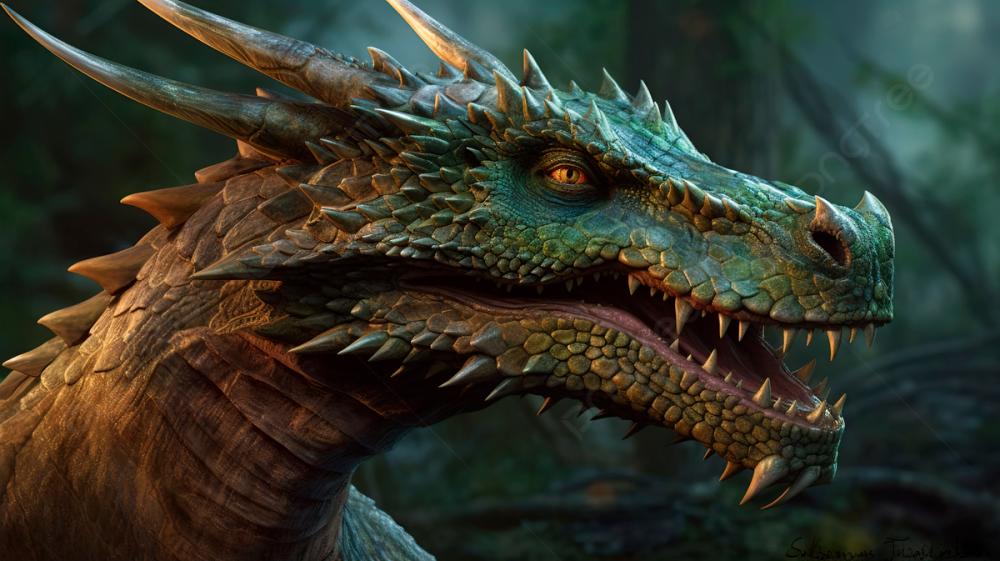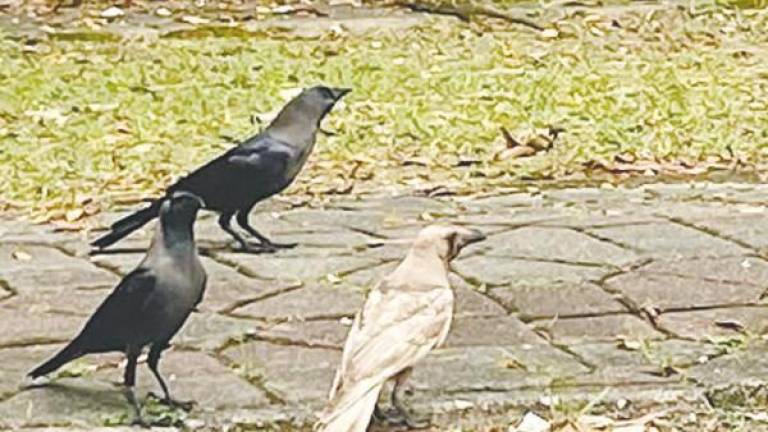WELCOME to the Year of the Dragon, 2024. In many cultures, the dragon is a symbol of power, strength and good fortune. As we embark on this mystical and auspicious year, let us delve into the fascinating world of dragons — mythical creatures that have captured the human imagination for centuries. The dragon holds a special place in various mythologies around the globe. From the majestic, benevolent creatures of Eastern traditions to the fire-breathing, treasure-guarding beasts of Western folklore, dragons have taken on diverse forms and meanings throughout history.
In Eastern cultures, the dragon is often revered as a symbol of wisdom, longevity and prosperity. Chinese mythology, for instance, features the dragon as a celestial being associated with the emperor and believed to bring good fortune. The Year of the Dragon in the Chinese zodiac is considered particularly auspicious, signalling a time of power, courage and transformation.
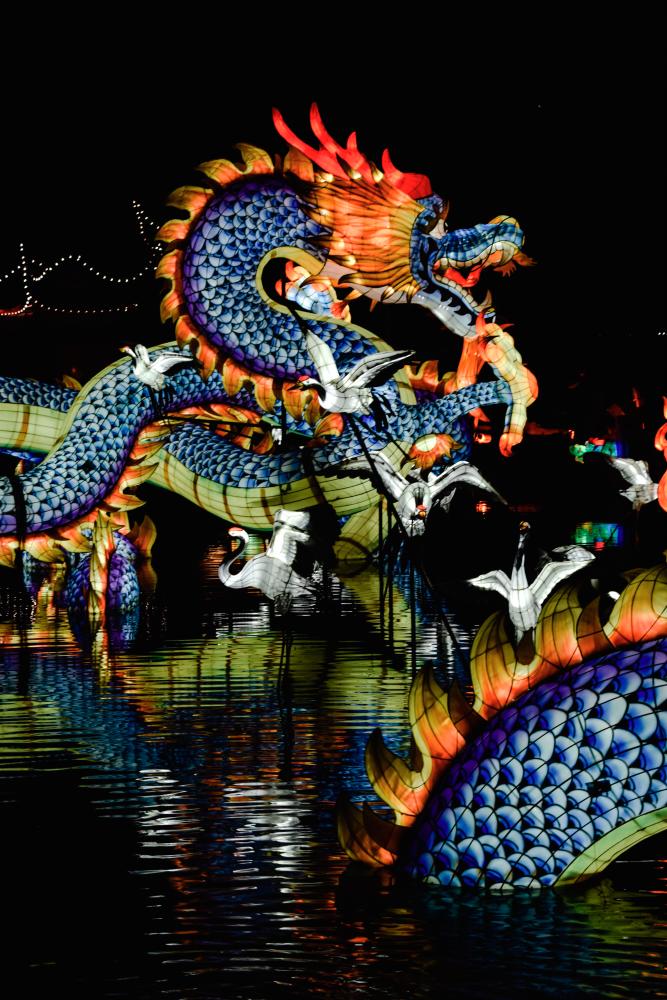
Conversely, in Western traditions, dragons are often portrayed as fierce, menacing creatures that hoard treasure and pose a threat to valiant knights. These dragons, with their scales and wings, breathe fire and create an aura of mystery and danger. Tales of knights slaying dragons or brave heroes rescuing princesses from their clutches have been passed down through generations, contributing to the enduring fascination with these mythical beasts.
The intriguing question is — are dragons real or are they purely the stuff of legends?
The line between myth and reality blurs when examining the various dragon legends from different cultures. While there is no concrete scientific evidence supporting the existence of fire-breathing dragons as depicted in folklore, some believe that the dragon myths might have been inspired by the discovery of large dinosaur fossils or the exaggerated tales of ancient reptile species.
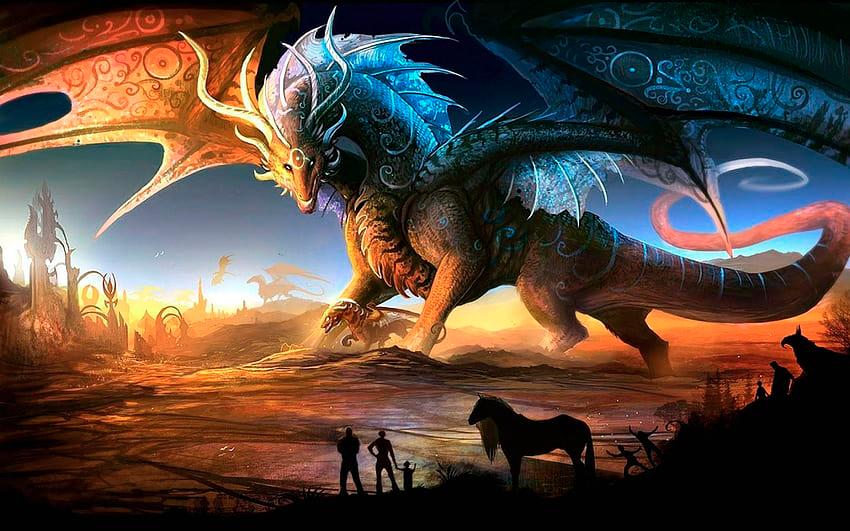
In recent years, researchers have explored the possibility that ancient humans stumbled upon fossils of large dinosaur bones, inspiring the creation of dragon myths. The idea that these mythical creatures were born from the imagination sparked by the unearthing of prehistoric remains adds a layer of intrigue to the discussion. Perhaps, in some cases, dragons were the fantastical interpretation of real, awe-inspiring creatures that once roamed the earth.
Furthermore, the global prevalence of dragon myths across different cultures raises the question of whether there might be a universal human fascination with these majestic beings. Psychologists suggest that the archetype of the dragon might tap into deep-seated fears and desires, representing the struggle between chaos and order or embodying the challenge of overcoming formidable obstacles.
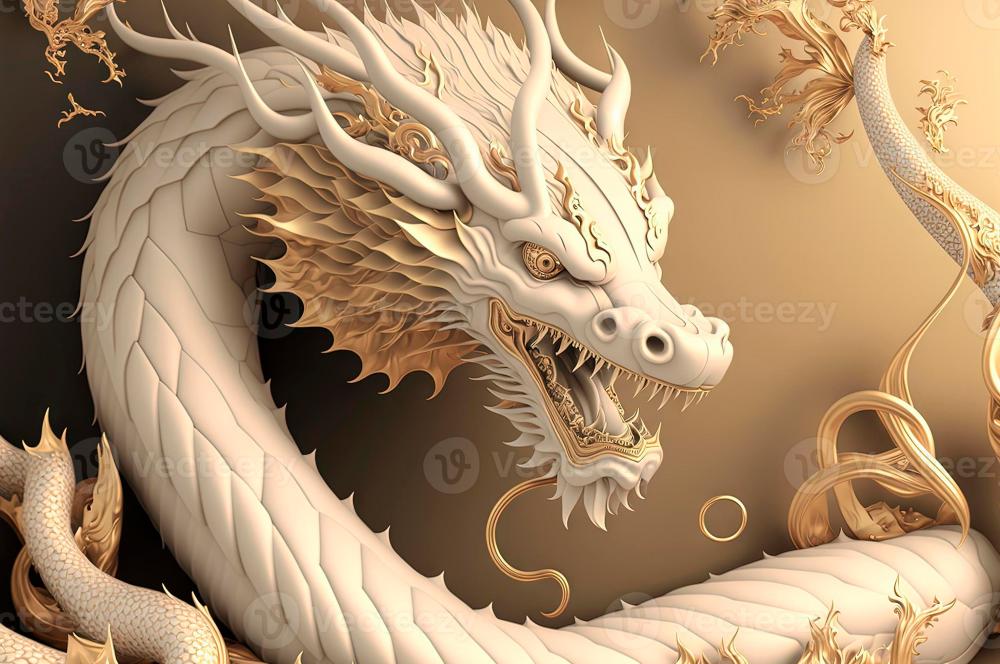
In modern times, the dragon continues to capture our imaginations through various forms of media, from literature and movies to video games. The allure of these mythical creatures persists, creating a bridge between ancient folklore and contemporary storytelling.
As we navigate the Year of the Dragon in 2024, it is worth pondering the enduring fascination with these legendary beings. Whether rooted in ancient mythologies or inspired by the mysteries of the natural world, dragons continue to captivate us, sparking a sense of wonder and adventure.
The dragon, a symbol of power and mystery, persists as a timeless figure in human culture. Whether real or myth, the dragon transcends the boundaries of time and space, leaving an indelible mark on our collective imagination.
As we celebrate the Year of the Dragon, let us embrace the magic and symbolism that these mythical creatures bring into our lives, weaving together the threads of ancient lore and contemporary fascination.



